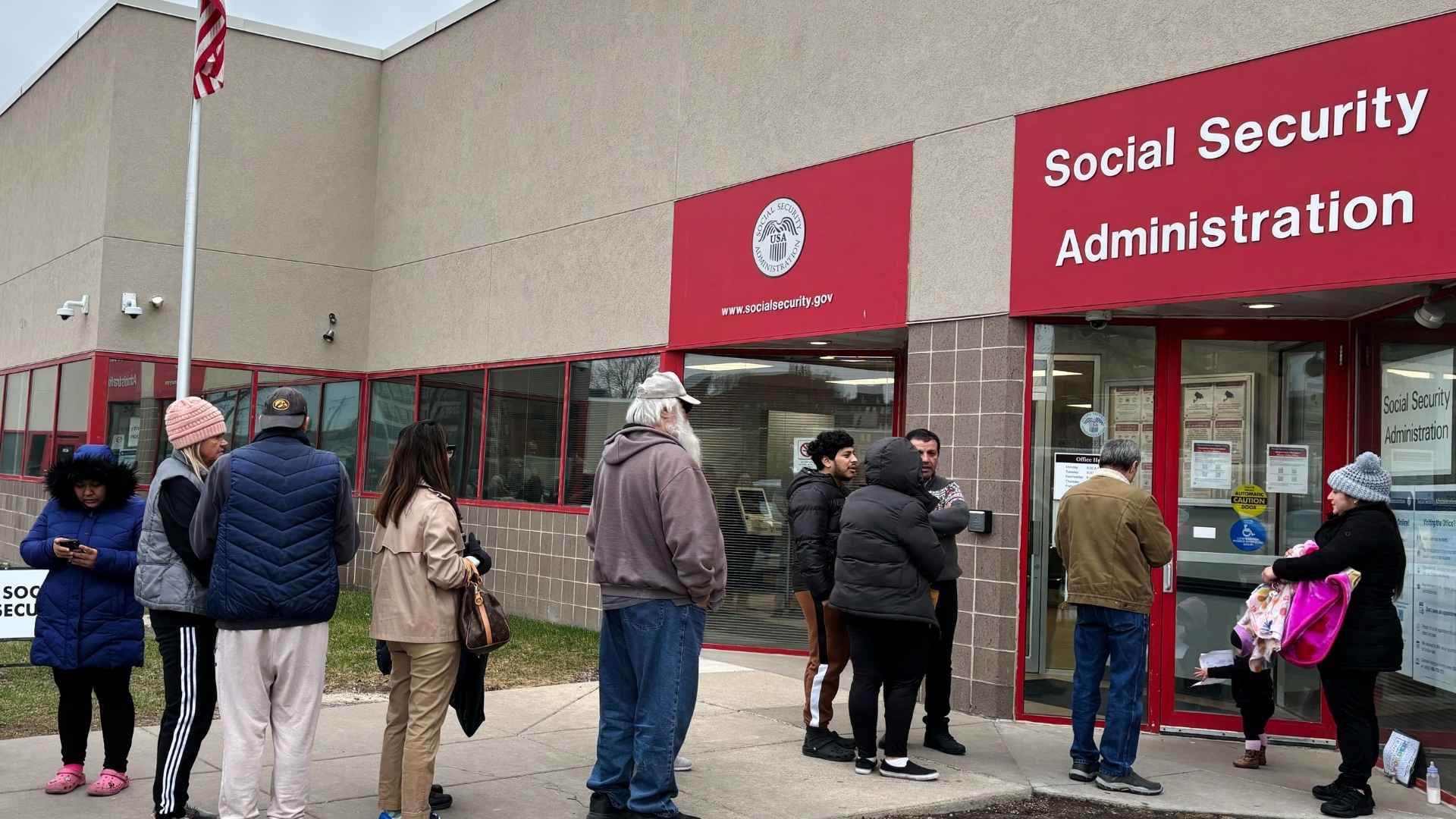The Social Security Administration’s next anti‑fraud move may look small on paper, yet advocates warn it could force 3.4 million older Americans to queue up in person before summer’s end.
For years, a quick call has been enough to update an address or request a benefit letter. That may change on August 18, when the SSA expects to require most telephone callers to verify their identity online—or show up at a field office—before staff can help.
What the proposed identity verification change means for phone callers nationwide and why the deadline matters to beneficiaries? Under the draft rule, callers who need to:
- Change an address.
- Check claim status.
- Obtain a benefit verification letter.
- Request a tax statement.
must first complete a one‑time Security Authentication PIN on their my Social Security account. Prefer face‑to‑face service? Then you’ll need to travel to the nearest field office. That’s a tall order for many rural retirees, so AARP is urging the agency to rethink the plan.
Advocacy groups warn the new security step could burden rural and disabled seniors despite limited evidence of phone fraud
Nancy LeaMond of AARP questions the timing: “Why make vulnerable citizens sit on hold for hours, then drive for miles, when there’s little proof that phone requests lead to fraud?” Similarly, policy analyst Kathleen Romig notes no documented spike in wrongdoing tied to routine address changes.
Still, Commissioner Frank Bisignano—appointed in May—argues the shift is part of his “digital‑first” push to modernize the SSA. So, who is really at risk, and how much extra effort could this add? Take a look:
| Expected annual impact | Figure |
|---|---|
| Additional in‑person visits | 3.4 million |
| Extra driving time (estimate) | 3 million hours |
| Increase in field office traffic | 17 percent |
Feeling uneasy about those numbers? You’re not alone.
Steps you can take today to avoid last‑minute hassles if the rule is approved next month
First, create or update your my Social Security profile now; make sure contact information matches your official documents. Second, store the email or phone number where the one‑time PIN will arrive—many calls stall because a code can’t be retrieved. Third, if getting to a field office is tough, line up a trusted friend or family member who can help navigate the website. Finally, keep an eye on the Federal Register; should the SSA label the process “optional,” as one spokesperson hinted, you’ll know before scheduling a trip.
Millions of retirees could soon trade a five‑minute phone call for a morning at the SSA. Whether the extra layer truly blocks fraud or merely blocks access remains to be seen. For now, staying proactive online is the safest bet.

